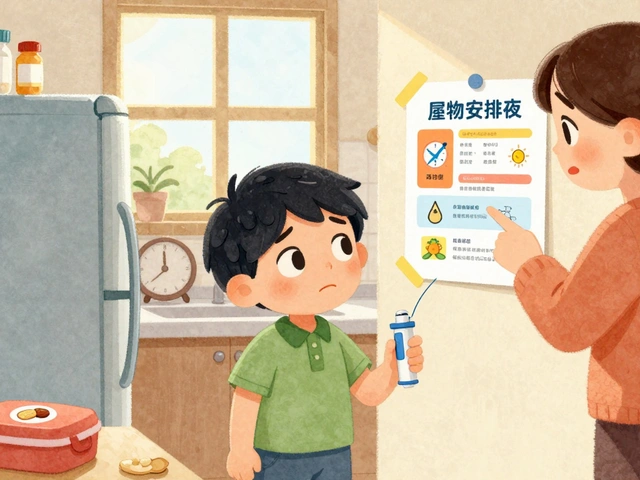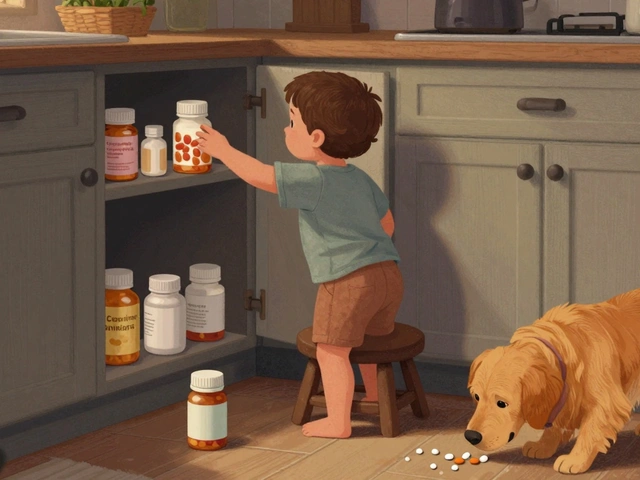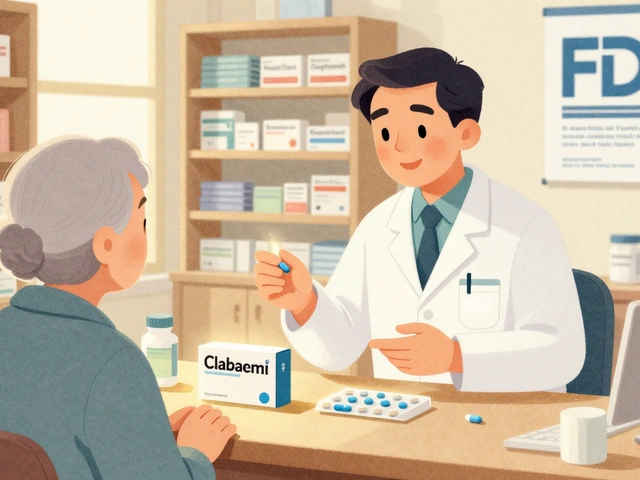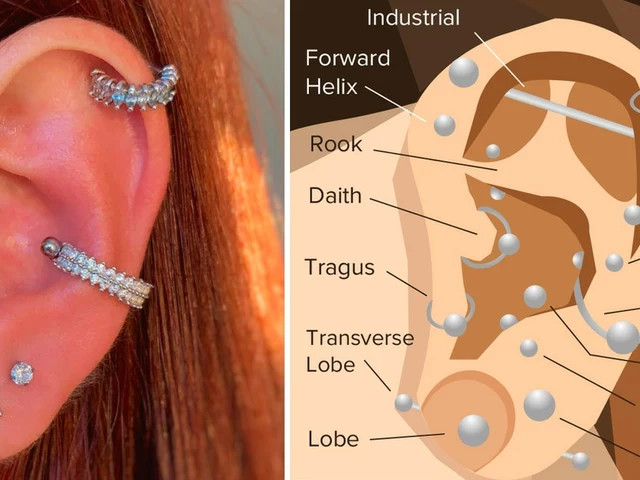Health risks: simple steps to spot and reduce harm
What if a common pill or supplement quietly raised your risk for a heart problem or an unsafe interaction? You don’t need to panic — you need a plan. This page collects clear, practical tips on spotting medication risks, avoiding bad pharmacies, and using supplements without surprises.
Check medicines like you check labels on food
Read the active ingredient, dosage, and warnings. If a label lists interactions with nitrates or blood pressure meds, that is a red flag. Ask: who prescribed this, why, and for how long? Keep a list of every prescription, over‑the‑counter drug, and supplement. Share it with every clinician or pharmacist you see. That one habit stops many routine harms.
Be especially careful with drugs known to affect the heart or breathing. For example, benzodiazepines like Ativan can stress heart function in some people. Blood pressure combos like lisinopril‑HCTZ change how your body handles exercise. If an article or clinician warns you, take that seriously and ask for an alternate plan.
Where you buy meds matters — and how you buy them
Buying online can save money but brings risks. Use pharmacies that require a prescription, show a real pharmacy address, and have secure payment. Avoid sites that offer controlled drugs without asking for a prescription. If customs or import rules apply, follow them — importing the wrong medicine can lead to seizure or worse.
Look for patient reviews, verified certifications, and clear contact details. When in doubt, call the pharmacy. A real pharmacy will answer questions about dosage, side effects, and returns. If they dodge safety questions, walk away.
Supplements? Treat them like active drugs. Garlic supplements, raspberry ketones, or new herbal formulas can help some conditions but may interact with blood thinners, diabetes meds, or antidepressants. Check for standardized ingredients and third‑party testing. If you’re on multiple prescriptions, run the supplement by your pharmacist first.
Want quick checks you can do now? 1) Keep a medication list on your phone. 2) Check interactions using a reliable tool or your pharmacist. 3) Ask for a written plan when a new drug is started. 4) Monitor for new symptoms in the first two weeks after a change. 5) If something feels off—dizziness, chest pain, extreme tiredness—stop the med only if advised, then contact a clinician immediately.
Health risks don’t have to be scary. With simple habits — reading labels, verifying pharmacies, and talking to professionals — you cut most danger. Use this tag page to find specific guides on common concerns like cardiac risks, buying meds safely online, and safer supplement choices. Stay curious and stay safe.
3
Hyponatremia in the Elderly: Risks, Prevention, and How to Manage It
Hyponatremia can sneak up on the elderly, leading to confusion, fatigue, and even more serious health issues. This article dives into why older adults are more vulnerable to this condition, how to spot the signs early, and what steps can be taken to prevent and manage it effectively. From understanding the role of sodium in the body to recognizing risky medications, we explore practical tips for maintaining electrolyte balance. Read on for essential insights crucial for safeguarding the health and well-being of aging loved ones.
12
The Relationship Between Ear Piercings and Ear Canal Infections
In my recent exploration, I delved into the relationship between ear piercings and ear canal infections. Interestingly, although ear piercings and ear canal infections are both related to our ears, they're not as directly connected as you might think. Ear piercings, particularly when not done professionally or cared for properly, can lead to localized infections or even systemic ones. However, these are typically limited to the external parts of the ear, not the inner ear canal. So, while there's a risk of infection from piercings, they're not typically the cause of ear canal infections - those are usually due to things like allergies, colds, or even water trapped in your ear.
Latest Posts
Popular Posts
-
 Allergy Action Plan: Essential Medications to Carry and When to Use Them
Allergy Action Plan: Essential Medications to Carry and When to Use Them
-
 How to Keep Medications Safe from Children and Pets at Home
How to Keep Medications Safe from Children and Pets at Home
-
 Pharmacist Recommendations: When to Suggest Authorized Generics
Pharmacist Recommendations: When to Suggest Authorized Generics
-
 Over-the-Counter Medication Safety: Hidden Ingredients and Interactions You Can't Afford to Ignore
Over-the-Counter Medication Safety: Hidden Ingredients and Interactions You Can't Afford to Ignore
-
 Acromegaly: Understanding Excess Growth Hormone and Effective Treatment Options
Acromegaly: Understanding Excess Growth Hormone and Effective Treatment Options




